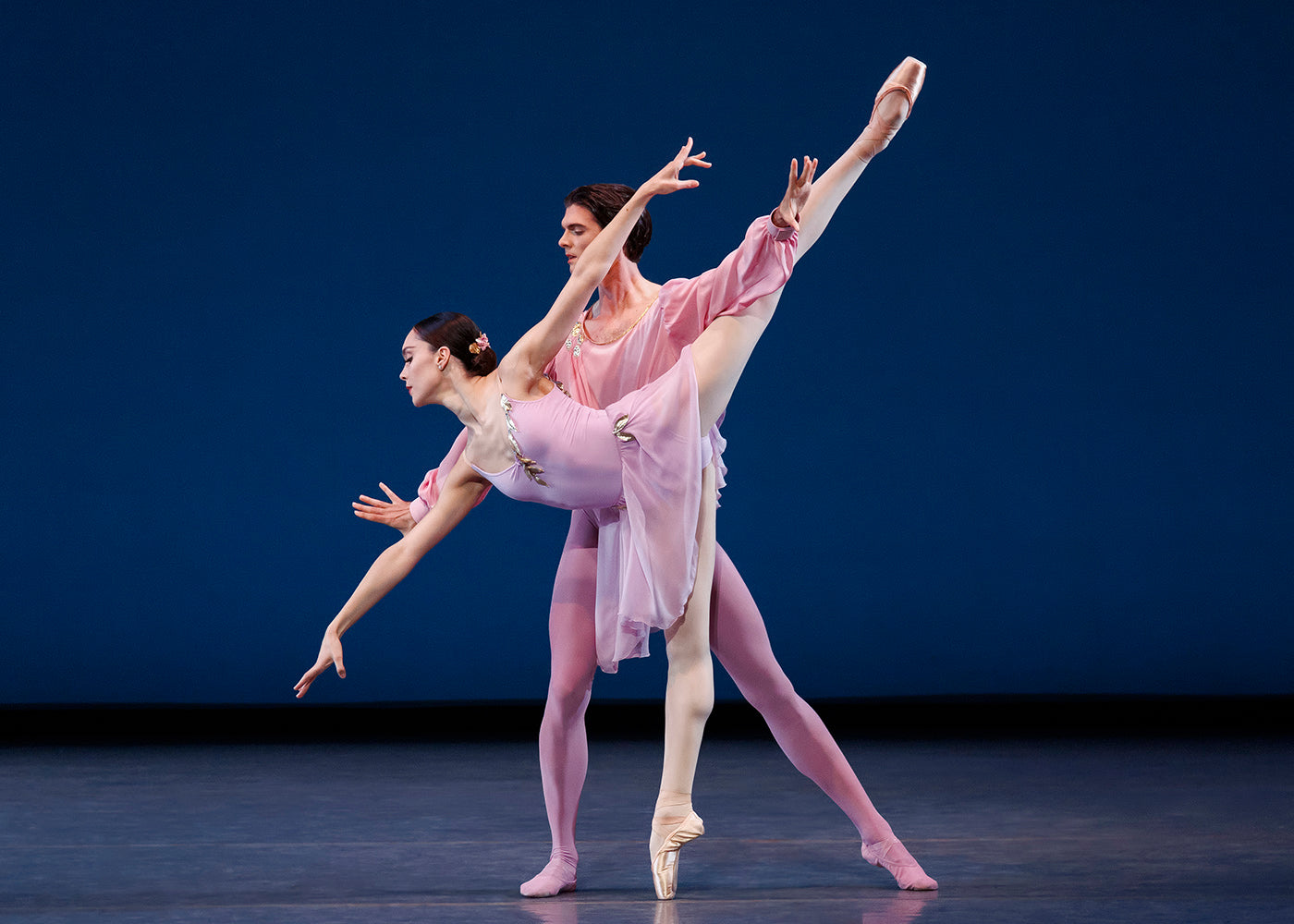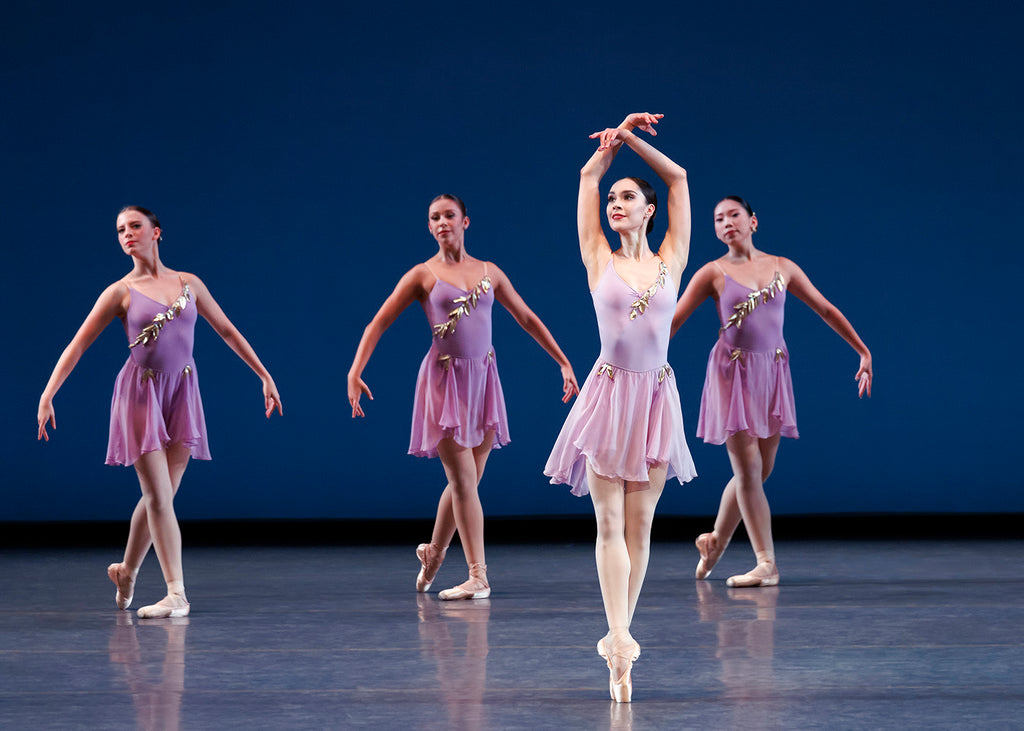Ultimate Release
Perhaps not since Mikhail Fokine’s 1905 iconic “The Dying Swan” has there been as haunting a solo dance depiction of avian death as Aakash Odedra Company’s “Songs of the Bulbul” (2024).
Continue Reading
World-class review of ballet and dance.
The New York City Ballet’s fall season opened with a nicely varied all-Balanchine program. The man had range. The peasant campiness of “Donizetti Variations” led right into the romantic tremolos of “Ballade,” and his abridged version of the dramatic juggernaut “Swan Lake” followed the lone intermission. The excitement of the night was the revival of the middle ballet, which is seldom aired and had not run since 2003. (Though I was in the company at that time, I never saw it from the front. To experience any “new” Balanchine at this point is thrilling!) “Ballade” is one of Balanchine’s end-stage dances, made in 1980 for Merrill Ashley and Ib Andersen. I’m guessing it has hibernated for so long because it seems hard to cast. The lead roles are wanton yet technical, and those are generally opposing attributes in dancers. Mira Nadon, however, can straddle those poles in her sleep, and her interpretation made a strong case for “Ballade’s” continued circulation.
Performance
Place
Words



“Uncommonly intelligent, substantial coverage.”
Your weekly source for world-class dance reviews, interviews, articles, and more.
Already a paid subscriber? Login

Perhaps not since Mikhail Fokine’s 1905 iconic “The Dying Swan” has there been as haunting a solo dance depiction of avian death as Aakash Odedra Company’s “Songs of the Bulbul” (2024).
Continue ReadingDance, at its best, captures nuance particularly well, allowing us to feel deeply and purely. In its wordlessness, it places a primal reliance on movement and embodied knowledge as communication all its own. It can speak directly from the body to the heart, bypassing the brain’s drive to “make sense of.”
Continue Reading“Racines”—meaning roots—stands as the counterbalance to “Giselle,” the two ballets opening the Paris Opera Ballet’s season this year.
Continue Reading“Giselle” is a ballet cut in two: day and night, the earth of peasants and vine workers set against the pale netherworld of the Wilis, spirits of young women betrayed in love. Between these two realms opens a tragic dramatic fracture—the spectacular and disheartening death of Giselle.
Continue Reading
I love your reviews! They make me laugh, but they also make me see what the dancing looks like. Thanks for giving me so much enjoyment.